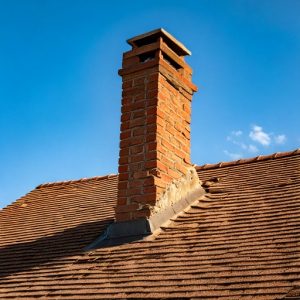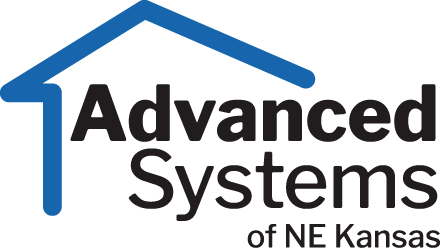When foundation problems strike—whether it’s cracks in your walls, uneven floors, or a sinking structure—piering systems often come up as a go-to solution. At Advanced Systems of Northeast Kansas, we’ve helped countless homeowners stabilize their homes with piering, including our trusted Stratos Pier System. But is it the right fix for your home? Let’s break down the pros and cons of piering systems to help you decide—and why consulting a professional might be your best next step.
What Are Piering Systems?
Piering involves driving steel piers deep into the ground beneath your foundation to provide support where soil alone isn’t enough. It’s a proven method for lifting and stabilizing homes, especially in Northeast Kansas, where clay soils and weather extremes can wreak havoc. Curious about soil’s role? Check out Understanding Clay Soils: The Impact on Midwest Foundation Stability.
The Pros of Piering Systems
- Long-Term Stability: Piers reach stable soil or bedrock, offering a permanent fix for settling foundations. Unlike temporary patches, they address the root cause.
- Versatility: Whether you’ve got a slab, crawl space, or basement, piering can adapt to various foundation types. Learn more about foundation diversity in Foundation Repair for Different Types of Foundations: Understanding the Unique Challenges.
- Lifting Capability: Piering doesn’t just stabilize—it can lift your home back to level, closing cracks and fixing floors.
- Minimal Disruption: Compared to foundation replacement, piering is less invasive, often completed without major excavation.
The Cons of Piering Systems
- Upfront Cost: Piering isn’t cheap. Installation requires specialized equipment and expertise, making it a bigger investment than surface-level fixes.
- Not a Cure-All: If poor drainage or soil erosion caused your issues, piering alone won’t solve them. Pair it with proper drainage—see The Role of Proper Drainage in Preventing Foundation Damage.
- Installation Complexity: Done wrong, piering can damage your home further. It’s not a DIY job—precision matters.
- Time Factor: While faster than some alternatives, piering still takes days to weeks, depending on your home’s size and damage.
Is Piering Right for Your Home?
Piering shines for homes with significant settling or shifting, especially in Kansas’s expansive clay soils. It’s less ideal for minor cracks or issues tied to water intrusion alone (think waterproofing instead—explore The Waterproofing Process: Securing Your Basement Against Water Intrusion). The key? A professional assessment. At Advanced Systems, we’ve seen piering transform homes—our Stratos Pier System is a standout choice, as detailed in Why Stratos Pier System is the Best Choice for Foundation Repair.
Why Go Pro with Piering?
The cons—like cost and complexity—highlight why piering isn’t a gamble worth taking on your own. A botched job can escalate repair bills fast, as we’ve warned in The True Cost of Delaying Foundation Repairs: A Lesson from Advanced Systems. Our team at Advanced Systems brings the expertise to weigh your options, install piers correctly, and ensure lasting results.
Ready to Explore Piering for Your Home?
Not sure if piering fits your foundation needs? Let Advanced Systems of Northeast Kansas help. Contact us today for a no-obligation inspection—we’ll assess your home, explain your options, and see if piering (or another solution) is the answer. Call us at (913) 393-2840, email info@foundationrepairofkansas.com, or visit foundationrepairofkansas.com. Don’t let foundation woes linger—get the expert care your home deserves.






